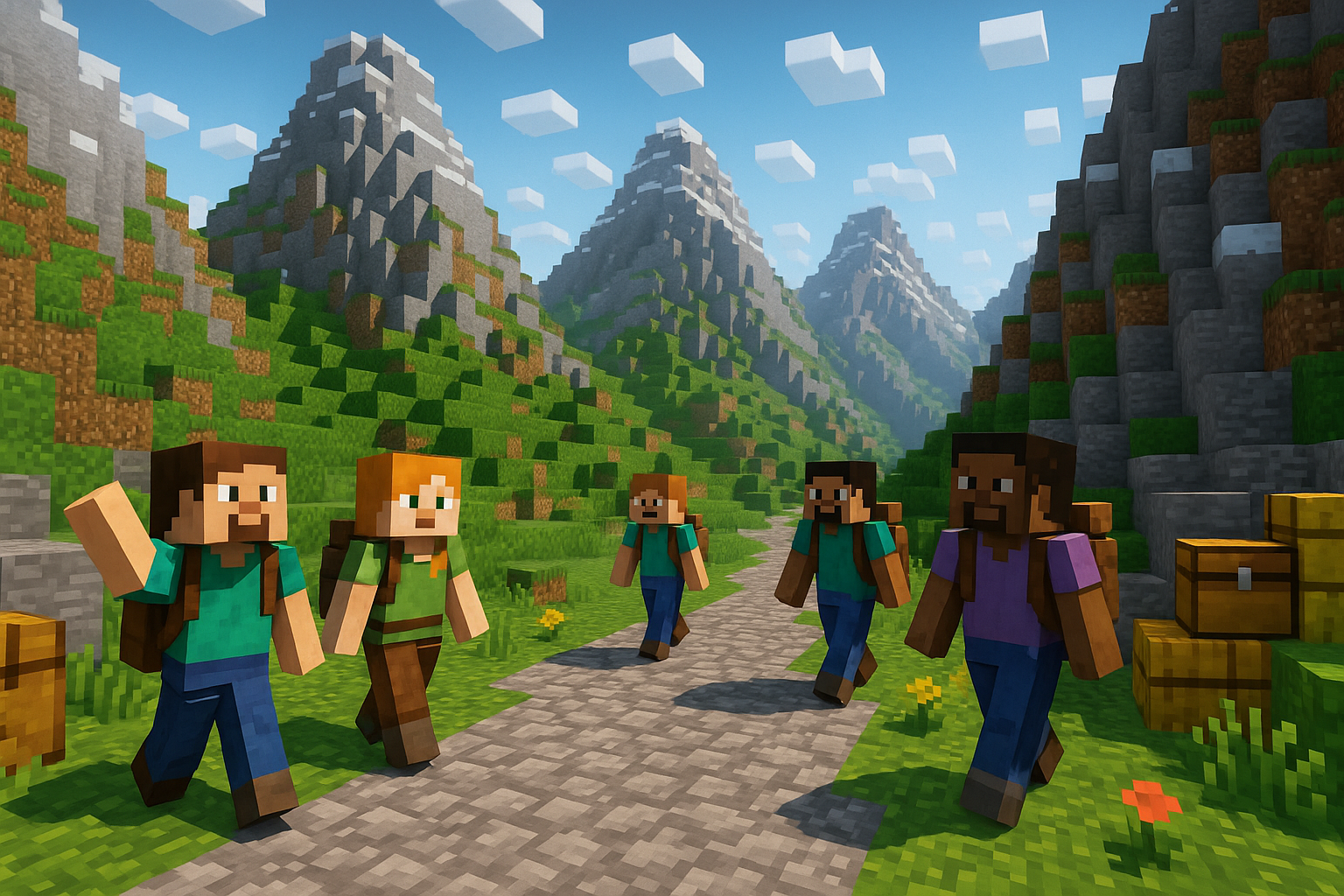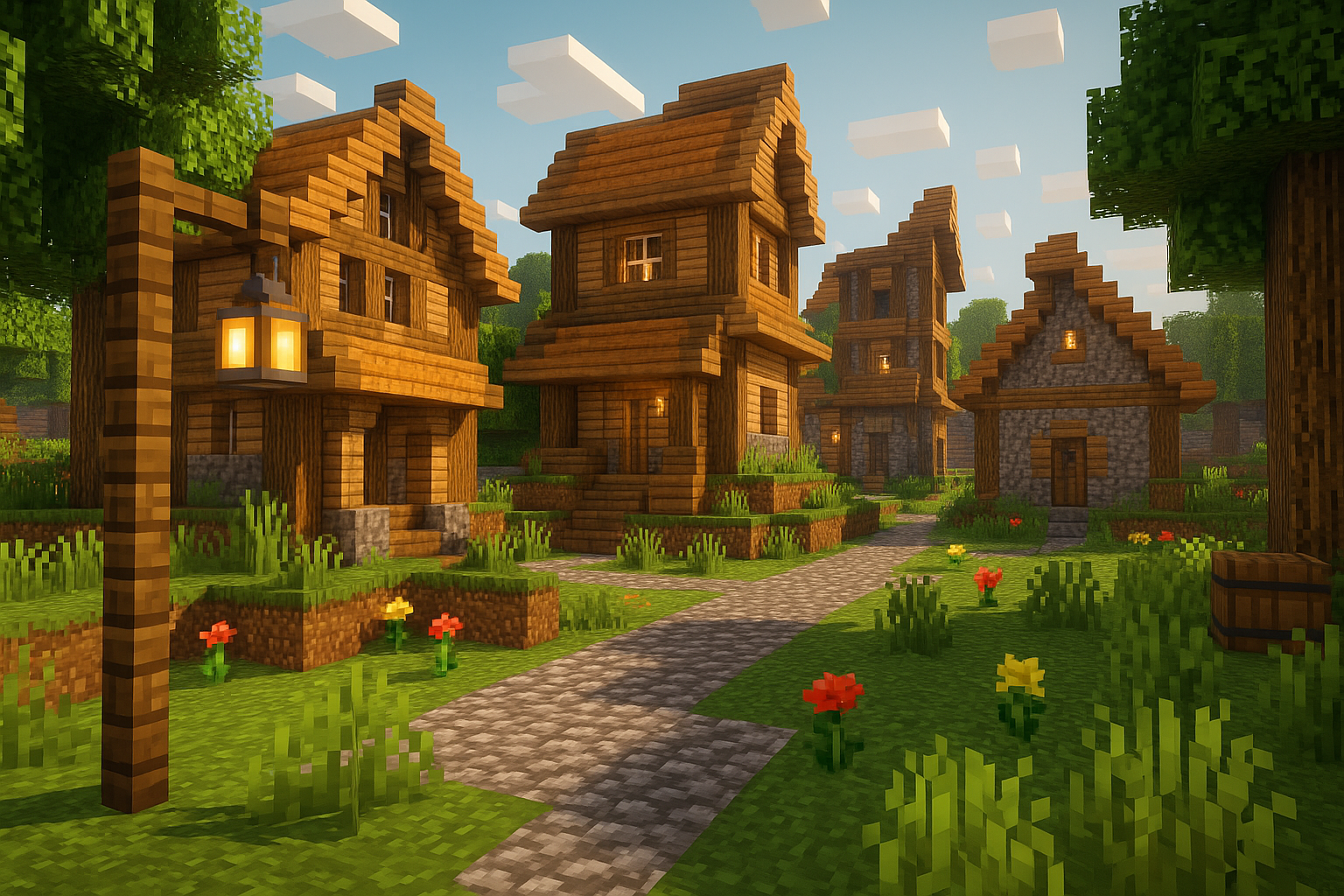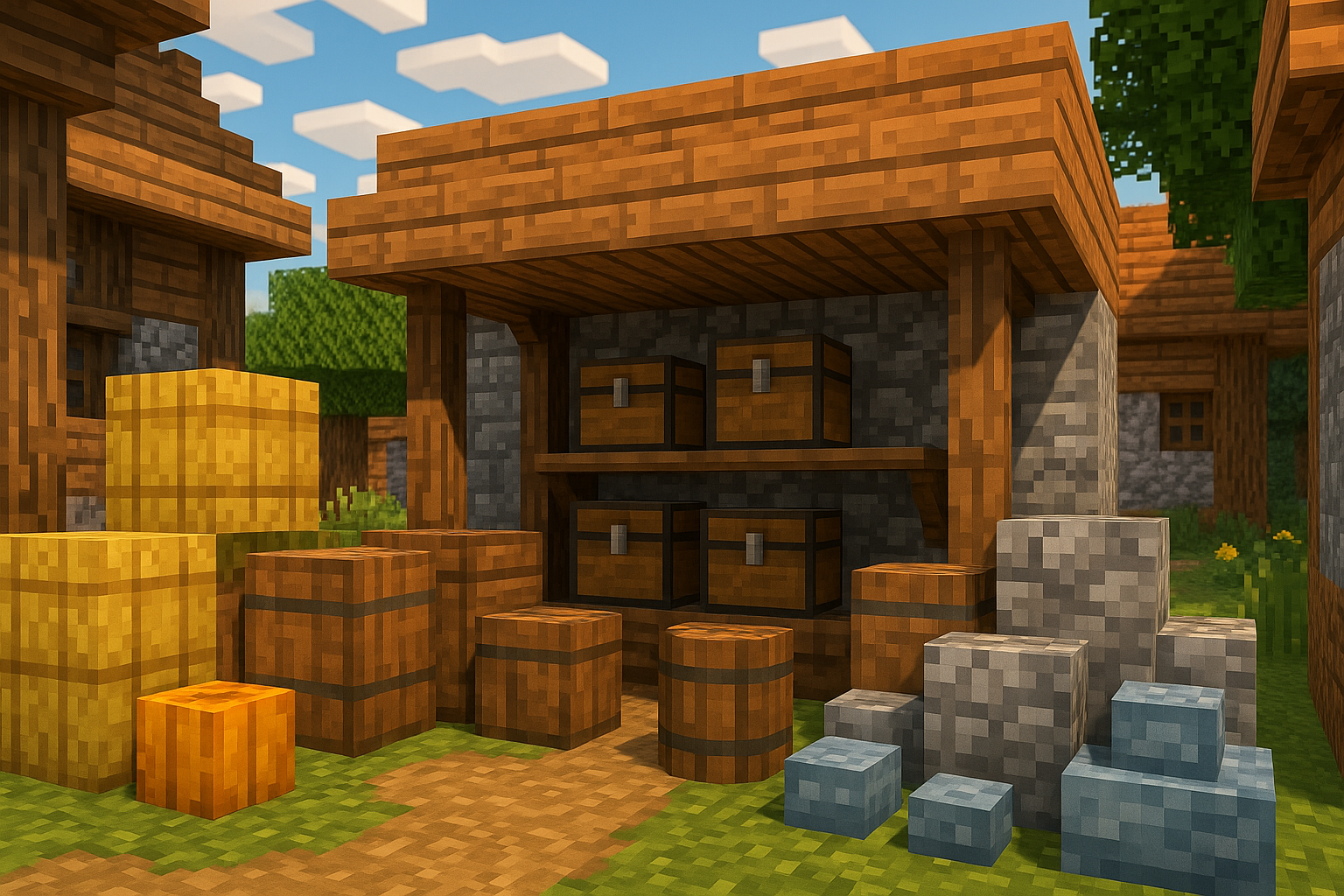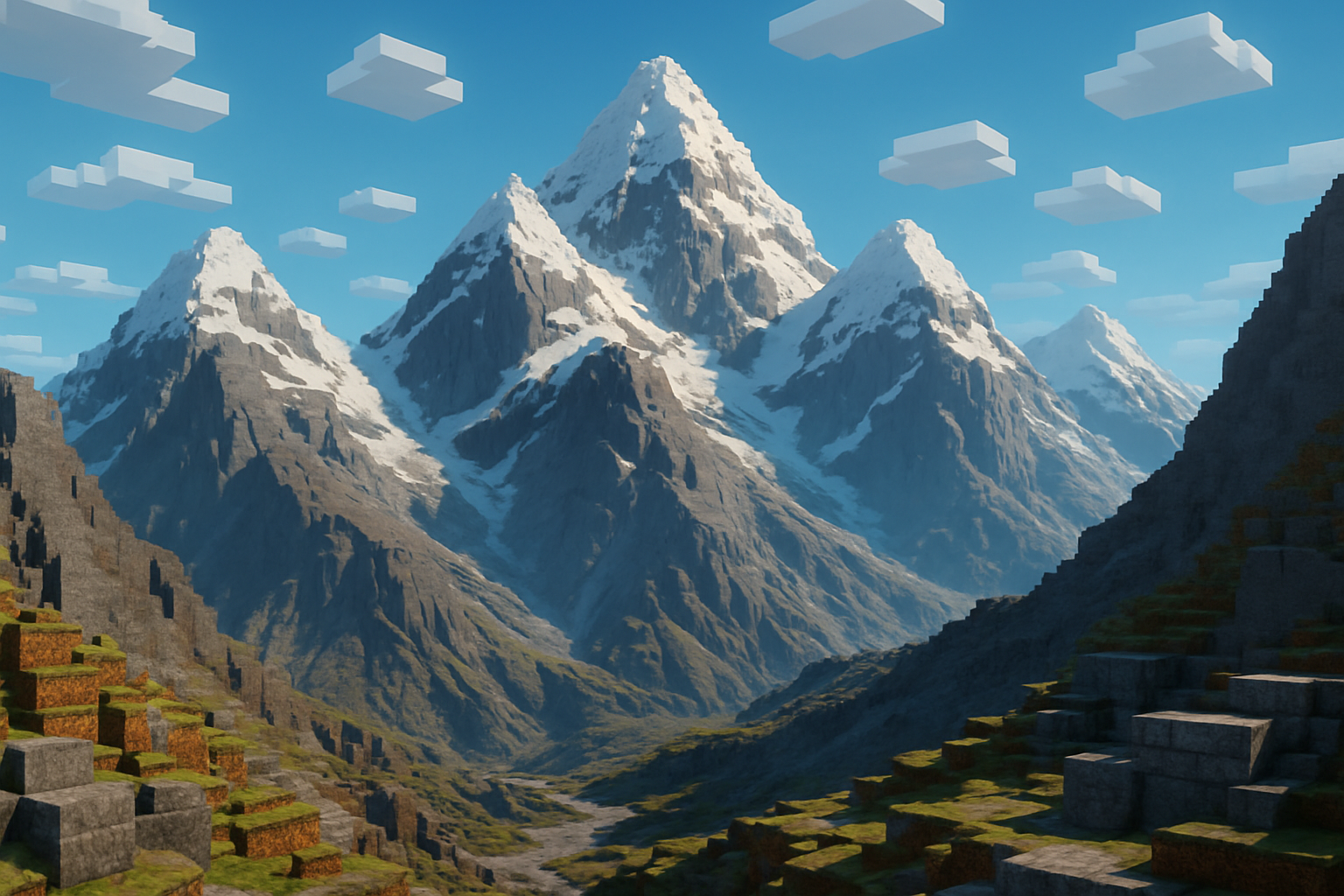What I've learned about communities that last

You know that feeling when you stumble across something special in Minecraft? Not just a rare biome or a perfect build location, but a server that instantly feels like it could be home. That sense of this is where I want to build something that matters.
I’ve been thinking about this a lot lately - what makes some Minecraft communities thrive for years while others fade away after a few months? After being part of SuegoFaults since 2013, I’ve watched countless servers come and go. The difference often comes down to something deeper than good plugins or cool spawn builds.
What Actually Makes a Community Last?
Finding a server with staying power feels like searching for diamonds in a vast ocean biome. But there’s something special about joining a world where your creations will remain and relationships can flourish beyond a single update cycle.
When I talk about “long-term” communities, I don’t just mean servers with old map files. I’m talking about places that have maintained active players, preserved builds, and evolved through multiple major Minecraft updates - typically for three or more years.
These rare gems share some patterns I’ve noticed:
- They have leadership that genuinely cares about the community, not just server stats. You can feel the difference immediately in how they interact with players.
- They’ve developed traditions and shared experiences that give members something to connect over beyond just building near each other.
- They’ve found ways to adapt through Minecraft’s frequent updates and changes without losing their identity or core values.
- Most importantly, they’ve created an environment where players feel invested in the server’s future - where it feels like “our world” rather than “their server.”
It reminds me of what I’ve seen in strong product teams, actually. The best ones aren’t just about individual talent - they’re about building a group that moves and thinks as one, where everyone feels ownership of the outcome.
Why These Communities Create Better Experiences
I remember joining SuegoFaults after bouncing between several short-lived servers. The difference was immediately apparent:
- Your creations actually matter. In a temporary server, there’s always that nagging feeling: “Why invest hours in this build when the server might vanish next month?” In established communities, your builds become part of a lasting world and shared history.
- Relationships go deeper. Those initial “nice build!” comments eventually transform into real connections as you build alongside the same people week after week. Many of my closest gaming friendships started with building next to someone on SuegoFaults years ago.
- You become part of an ongoing story. There’s something magical about exploring a world with years of history - discovering abandoned builds from three years ago, hearing the stories behind them, and adding your own chapter.
- The systems actually work. Communities that have existed for years have had time to perfect their economy, plugins, and social norms through trial and error. They’ve worked through the kinks that plague newer servers.
How to Spot a Community Built to Last
After watching dozens of servers rise and fall, I’ve learned to look for specific signals that indicate stability:
Look at the Leadership
The backbone of any enduring Minecraft community is its leadership team. The healthiest ones show:
- Distributed responsibility. Servers dependent on a single owner are inherently fragile. The best communities spread responsibility among a trusted team.
- Transparency in decision-making. Do they explain the reasoning behind changes? Do they seek community input on major decisions?
- Consistent presence. Not just for rule enforcement, but regular engagement with the community in Discord or in-game events.
This reminds me of what makes good product teams work. The strongest aren’t built around a single decision-maker; they create space for everyone to contribute their perspective.
Watch the Update Patterns
The way a server handles routine maintenance tells you a lot:
- Regular world backups (at least weekly) that are verified and stored safely.
- Predictable Minecraft version updates once plugins are stable - not rushing updates, but not staying outdated either.
- Scheduled events that actually happen when promised, not postponed or canceled.
Examine the Technical Foundation
Behind every long-lasting Minecraft server is solid technical infrastructure:
- Proper hosting with consistent performance.
- Protection against attacks that could threaten player creations.
- Performance optimization to keep the experience smooth as the world grows.
Look at How They’ve Handled Challenges
How a server has weathered storms reveals its resilience:
- Major Minecraft updates. Did they navigate tricky updates like 1.8 or 1.13?
- Community conflicts. How do they handle disagreements?
- Population changes. Have they adapted to periods of growth or decline?
Ask about their past challenges. Their approach tells you a lot about their future.
Finding These Hidden Gems
The best long-term communities aren’t always the most visible. They’re often not aggressively advertising on server lists but have built stable populations through word-of-mouth.
Instead of big server lists, try:
- Community Discords where dedicated Minecraft players share recommendations.
- Reddit communities like r/mcservers or r/MinecraftBuddies (look for [Established] or [SMP] tags).
- Word-of-mouth - ask friends if they know of established servers with good reputations.
Questions Worth Asking Before Committing
Before investing your time, ask:
- “How long has the server been running?” Look for specific dates and evidence.
- “What’s your approach to Minecraft updates?” This reveals technical competence and priorities.
- “How many players have been here for over a year?” Retention is a key indicator of community health.
- “How do you handle leadership transitions?” Servers without succession planning often collapse when key people leave.
Our SuegoFaults Journey
I’ve watched SuegoFaults evolve since 2013 - from a small friend group to a stable community that’s weathered countless challenges.
We started with simple principles: build within shared aesthetic boundaries, prioritize human connection, and create an environment that “feels like walking into a room filled with friends.”
These values guided us through:
- The massive 1.8 update, where we phased in changes to preserve builds.
- Expanding beyond our friend group with a careful whitelist process.
- Creating social spaces during the pandemic when physical gatherings weren’t possible.
Communities hold onto their stories - not just the victories, but the hard stuff too. Every struggle shapes how we approach the next challenge, creating resilience that carries us forward.
Finding Your Own Long-Term Home
Finding a stable Minecraft community takes patience. Look for evidence of resilience, transparent leadership, and a genuine sense of shared ownership.
Your ideal server might not be the flashiest or most feature-rich, but one with a sustainable approach to both tech and community building.
Most importantly, find a community whose values align with yours. Whether you value creativity, technical innovation, or lasting friendships, the right Minecraft community will feel like a digital home.
Because at the end of the day, Minecraft is just blocks. The real magic happens in the connections - the teamwork, the laughter, the shared stories. That’s what transforms a server from a place to play into a place to belong.
🎮 Rediscover Minecraft With People Who Get You
Nostalgic for how Minecraft used to feel? You're not alone. SuegoFaults is where returning players, server veterans, and creative minds find their digital home.


